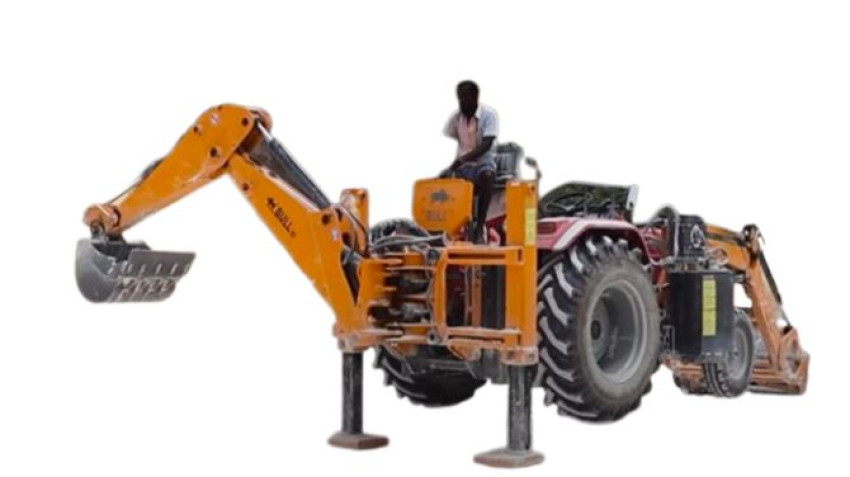
The concept of converting a tractor into a JCB machine, specifically a backhoe loader, is an intriguing one that sparks curiosity within the realms of agriculture and construction machinery. However, delving into the intricacies of such a transformation reveals a multitude of challenges and considerations that render this endeavor complex and, often, impractical.
Divergent Designs and Functionalities
Tractors and JCB backhoe loaders are fundamentally distinct in terms of their designs and functionalities. Tractors are designed primarily for towing, plowing, and hauling tasks in agriculture, while JCB backhoe loaders are specialized machines that combine a front loader for material handling with a rear-mounted backhoe for excavation and digging tasks in construction and utilities work. These differing roles necessitate unique engineering solutions and structural configurations.
Structural and Mechanical Modifications
Converting a tractor into a JCB machine demands extensive modifications to several core elements. The chassis, which dictates the machine's structural integrity and weight distribution, must be altered to accommodate the added weight and stresses of the backhoe loader components. Hydraulic systems, critical for powering the loader and backhoe arms, need to be integrated, which can involve redesigning the entire hydraulic setup.
Complex Retrofitting Challenges
Retrofitting a tractor with JCB features involves altering not only the physical components but also the control mechanisms. Adapting controls for the smooth operation of the backhoe, loader, and their respective functions requires a deep understanding of both tractor and JCB systems. This complexity poses a significant hurdle, as marrying these systems seamlessly is far from straightforward.
Safety and Legal Considerations
Safety is paramount in machinery modifications, and converting a tractor into a JCB machine introduces potential hazards. Ensuring that the machine adheres to safety standards, especially in dynamic operations like excavation, requires rigorous engineering expertise. Moreover, the legal aspect cannot be overlooked – any modified machinery must meet regulatory guidelines to ensure operator and bystander safety.
Economic Realities
The allure of converting a tractor into a JCB machine must be weighed against economic realities. The cost of engineering expertise, components, labor, and potential setbacks can accumulate rapidly. For many, the expenses involved may far outweigh the benefits, especially when considering that factory-built JCB machines are purpose-built and engineered to meet industry standards.
Conclusion
While theoretically conceivable, converting a tractor into a JCB backhoe loader is an endeavor fraught with challenges. The inherent differences in design, functionality, and operation between the two machines create a host of obstacles that require specialized knowledge and substantial resources to overcome. From structural modifications to hydraulic integration, control adaptations, and legal compliance, every step is complex and demanding.
In light of these challenges, and given the availability of purpose-built JCB backhoe loaders on the market, the conversion process is often deemed impractical and cost-prohibitive. For those seeking the capabilities of a backhoe loader, investing in a factory-built machine remains the most practical and reliable solution, offering the assurance of optimal performance, safety, and adherence to industry standards.


